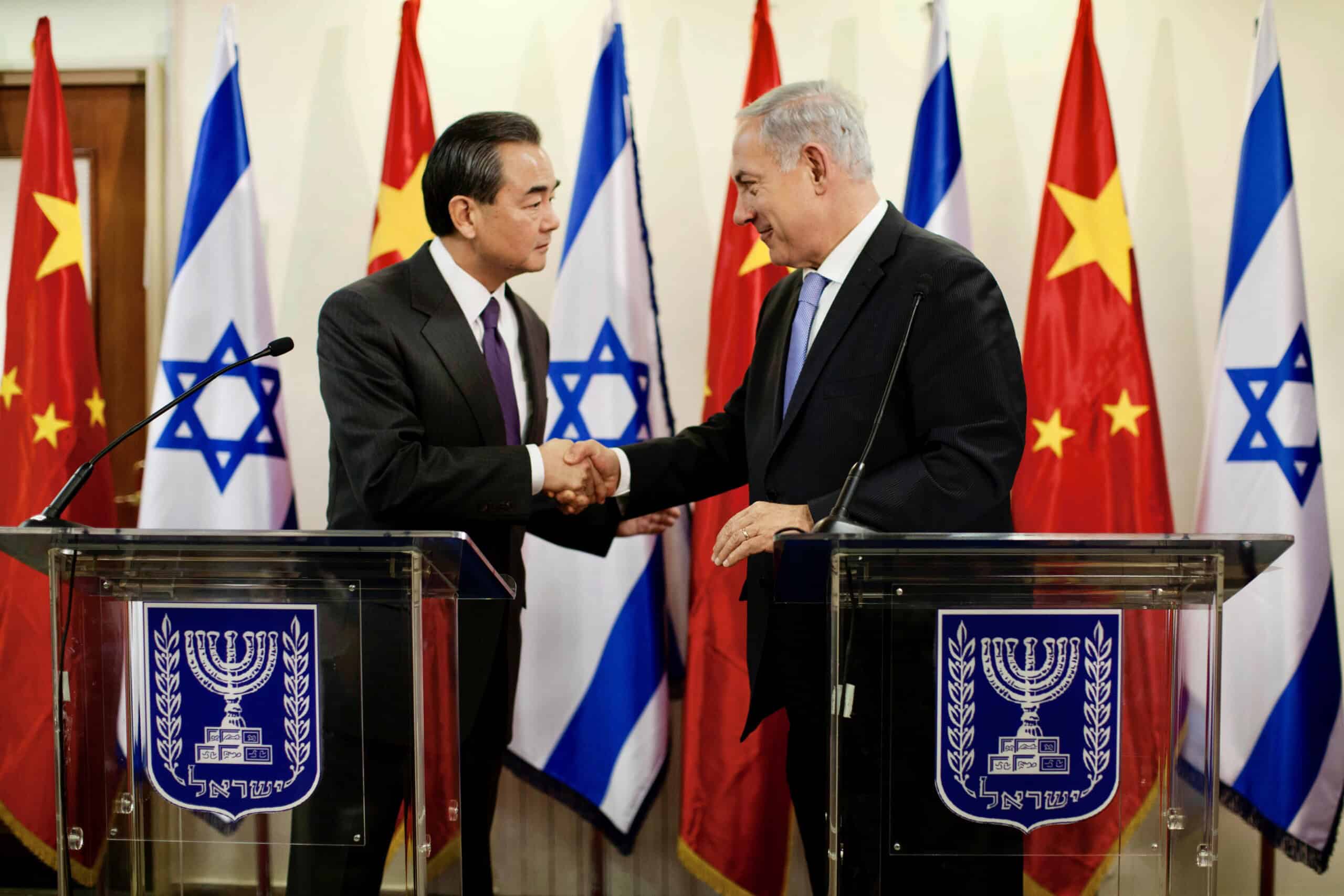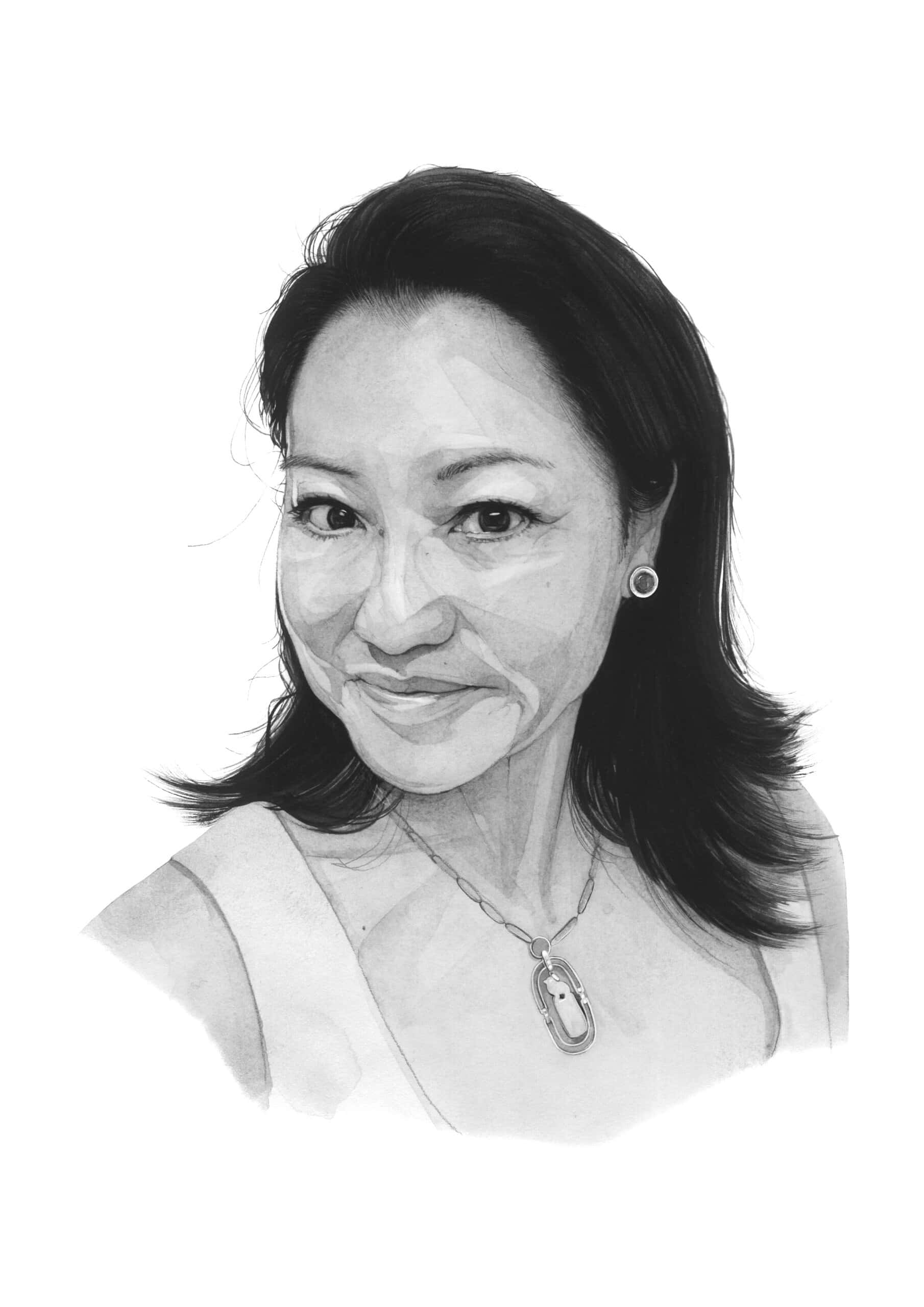
Over the past year, China has become more involved in efforts to mediate an end to the war in Gaza while siding with the Palestinians in international fora. In July, Chinese Foreign Minister Wang Yi hosted representatives from 14 Palestinian factions in Beijing, calling the conference an “important historical moment in the Palestinian liberation cause.”
But despite this support — which echoes long-standing rhetoric from Communist Party officials — China’s interests in the Middle East remain largely as they were on October 6, 2023.

Those interests are fundamentally economic, says Jonathan Fulton, a nonresident senior fellow at the Atlantic Council who specializes in Chinese policy toward the Middle East. China is a top trading partner for all of the parties to the current conflict, including Israel, Iran, Lebanon, the Palestinian territories, and Yemen.
Top Trading Partners for Selected Middle East Countries and Territories
| Israel | Iran | Yemen | Lebanon | Palestinian Territories |
|---|---|---|---|---|
| U.S. — 17.7% | China — 30.8% | China — 26.5% | Turkey — 11.5% | Israel — 60.6% |
| China — 13.7% | UAE — 13.8% | UAE — 13.0% | China — 11.4% | Jordan — 5.3% |
| Turkey — 5.2% | Turkey — 12.4% | Turkey — 8.8% | UAE — 9.5% | Turkey — 5.0% |
| Germany — 4.9% | Brazil — 9.0% | India — 10.1% | Greece — 7.6% | Egypt — 4.7% |
| India — 4.4% | India — 5.1% | Thailand — 4.8% | U.S. — 4.7% | China — 3.3% |
However, economic interdependence does not always create geopolitical leverage or breed peace; Israel was by far the largest trading partner of the Palestinian territories in 2022. And while Israel and China announced an “innovative comprehensive partnership” in 2017, bilateral cooperation on high-tech projects cooled after the United States designated China a great-power competitor in President Donald Trump’s national security strategy, released just nine months later.

Between 2010 and 2017, China invested some $10.8 billion in Israel across 187 transactions, according to Rhodium Group analysis, with tech sector deals prominent. In the years since, China has invested just $1.3 billion, Rhodium data shows. Overall Chinese investment overseas fell by 48 percent during the same period, according to the American Enterprise Institute.

Meanwhile, goods trade excluding diamonds between Israel and China including Hong Kong fell by 17 percent in 2023, the steepest decline in a decade, although it is up 6 percent year-over-year through August 2024, according to Israeli Central Bank statistics. Israeli trade data routinely excludes diamonds, an outsized export that made up 40 percent of Israeli exports to Hong Kong last year, but only 3 percent of exports to mainland China. For its part, China’s customs agency reports a 9.3 percent year-over-year decline in trade with Israel from January to August of this year.

At the same time, China has become an increasingly indispensable partner to Iran. In 2021, the two countries signed a 25-year cooperation agreement. Neither side has made the details of the arrangement public, but a draft copy obtained by the New York Times in 2020 called for $400 billion worth of Chinese investment in Iran in exchange for a steady supply of cheap oil. Rhodium data shows that China invested just $76.4 million in Iran between the signing of the arrangement and the first quarter of 2022, the most recent period with data available.
Iranian oil flows indicate that Tehran is living up to its side of the bargain. Its total crude oil exports grew to 1.4 million barrels per day last year, the most since Trump pulled the U.S. out of the Iran nuclear deal and reinstated sweeping sanctions on the Islamic Republic in 2018. More than 90 percent of those exports went to China, which is buying even more discounted Iranian oil this year, according to data analytics platform Kpler.
China thinks of these purchases as “economic opportunism,” the Atlantic Council’s Fulton says. “And Iran looks at it as a life raft.”


Noah Berman is a staff writer for The Wire based in New York. He previously wrote about economics and technology at the Council on Foreign Relations. His work has appeared in the Boston Globe and PBS News. He graduated from Georgetown University.



